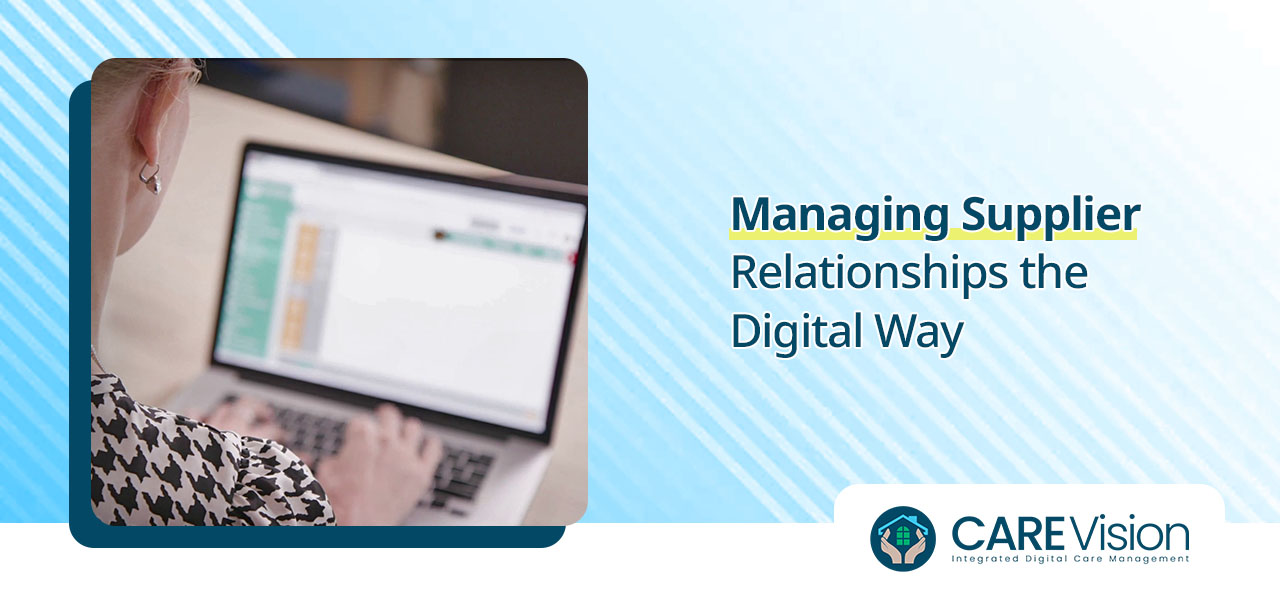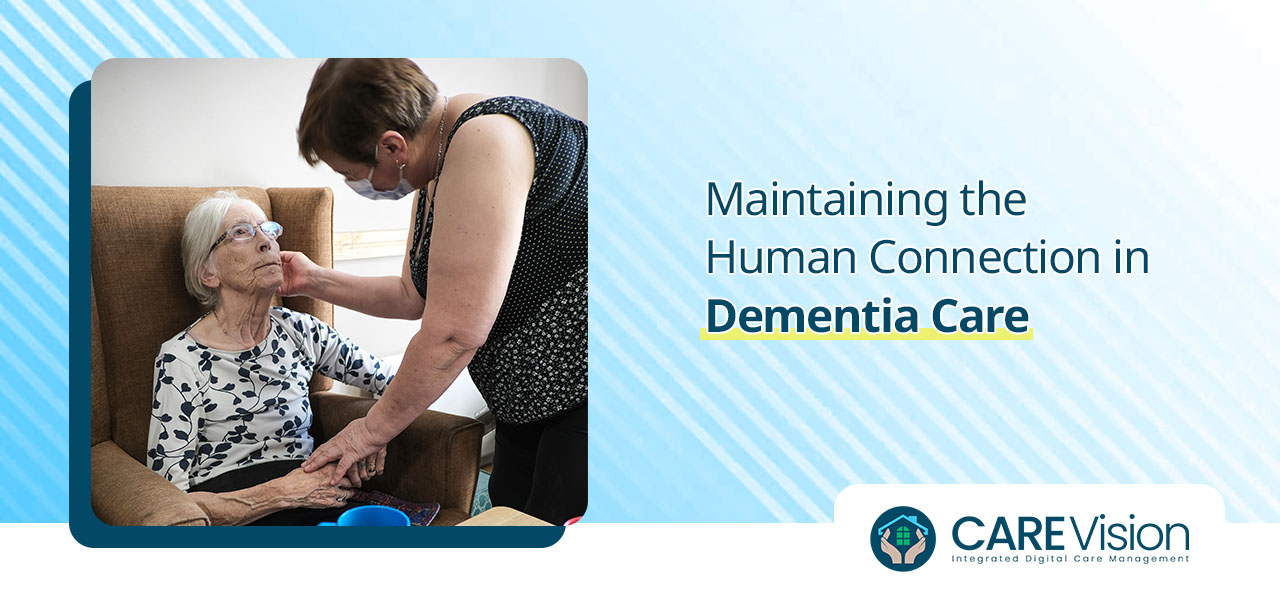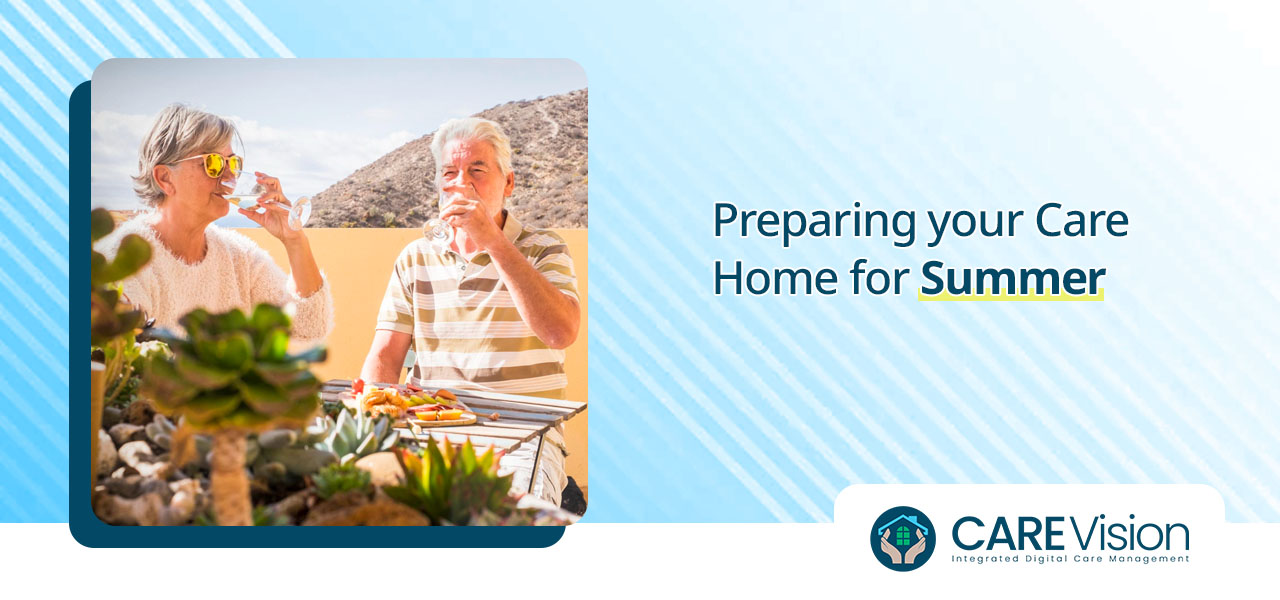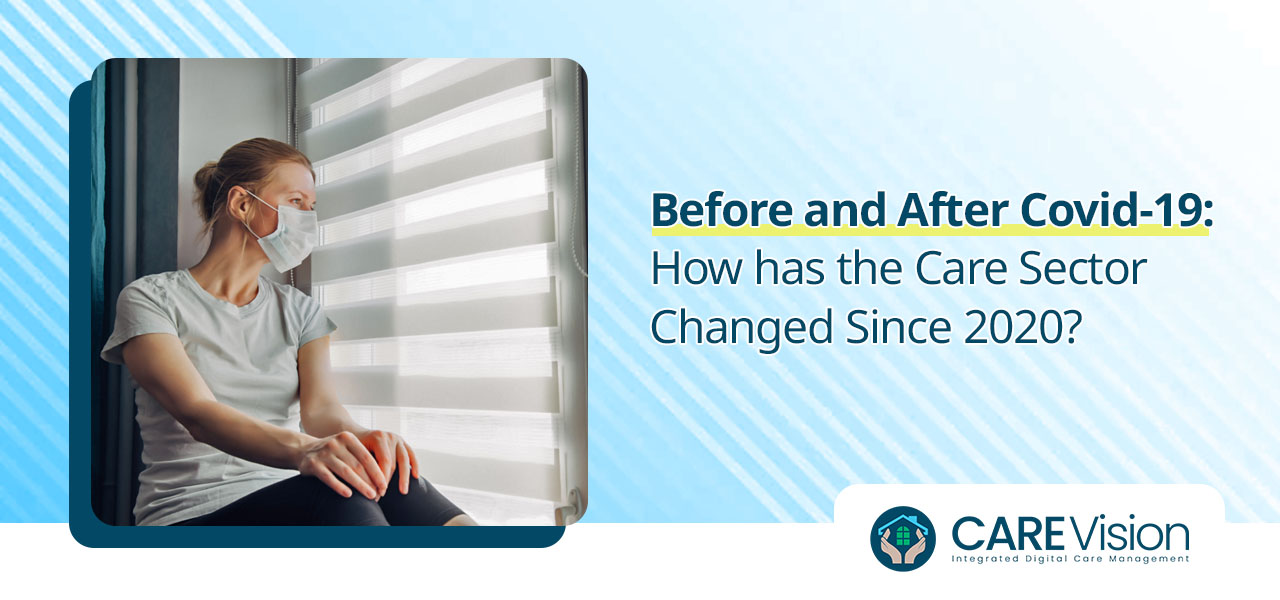Seasonal affective disorder, or SAD, is a type of low mood, or depression that only surfaces at certain times of the year, or season. It can often emerge during the winter months. The lower temperatures, shorter daylight hours and less clement weather can all combine to adversely affect the mood and emotions of people living with the condition. As we move rapidly towards the winter months and the changing of the clocks to daylight saving time, the darker mornings and earlier sunset times can trigger an episode of SAD in people prone to them.
That said, some people can also experience SAD during warmer months, or whenever the seasons are transitioning. It can vary hugely from person to person. Here are some of the signs and symptoms of SAD and tips for helping those affected by it get through a difficult time.
What are the signs of SAD?
Symptoms can include changes in your mood or emotions, as well as sleeping or eating patterns. SAD is a form of depression that goes beyond simply feeling fed up at the end of summer, or cross that the clocks are going back. It can seriously interfere with daily life, sapping energy and affecting self-confidence, for example. Other signs that you or your residents may be affected by SAD can include a lack of concentration, no wanting to socialise, feeling tearful or agitated for no reason, finding it harder to maintain higher standards of personal hygiene and becoming more prone to physical ailments, such as colds and infections. SAD can also exacerbate other existing mental health conditions.
How can people help themselves if they have got SAD?
While care homes should be prepped and ready to support residents and staff living with SAD, there are also several things that people can do to help themselves feel stronger. For some care home residents, they will need the help of staff to facilitate some of the following suggestions. It is important during the winter months to geta s much sunlight as possible. You can get special light boxes that simulate sunshine to allow you even longer exposure – these can help in the evenings, when there is no natural light coming in from outside.
When the sun is out, draw the curtains and let in as much light as possible. If the weather is not too bad, try sitting outside or walking in the grounds for a short time. Exercise and a balanced, healthy diet can also help alleviate symptoms and help with overall physical health. Aim to avoid stressful situations as much as possible – arranging some counselling or talking therapy might help with this. Talk to family members and care home staff so that they understand what you are going through and can help you sort out some practical steps and solutions.
How can Care Vision support residents with SAD?
Care Homes that use Care Vision have a large number of tools available to them that can help support residents living with SAD. As many of the symptoms revolve around changes in behaviour or emotions, many of the in-built monitoring tools will play an essential part in keeping an eye on residents and helping them cope. For example, the ABC chart helps carers assess changes in behaviour by recording ‘antecedents,’ ‘behaviours’ and ‘consequences.’ Fluid intake and weight loss monitoring functions check for changes in appetite. Sleep diaries perform the same task for sleeping patterns. Each resident has their own personal record section, where observations like these can be collated and analysed to look out for signs of SAD and other emotional or mental health related concerns.
How else can care homes help ‘SAD residents’ through the winter?
As with many mental health conditions and concerns, early intervention can often be key. Ensuring that people have access to suitable counselling and emotional support can really help. Also providing suitable entertainment and opportunities to socialise can help people feel supported, accepted and part of the ‘team.’ Activities can range from a simple television night with snacks and drinks to a full-on daytrip somewhere fun to chase away the winter cobwebs. These can all be planned and scheduled using Care Vision’s planning tools. Likewise, staff training needs around how to look after people with SAD can be flagged up and organised via the digital care management software.






